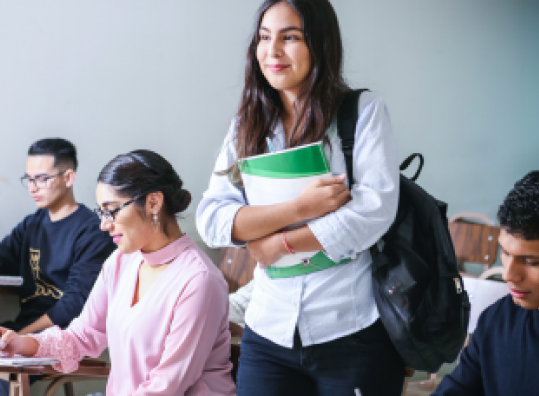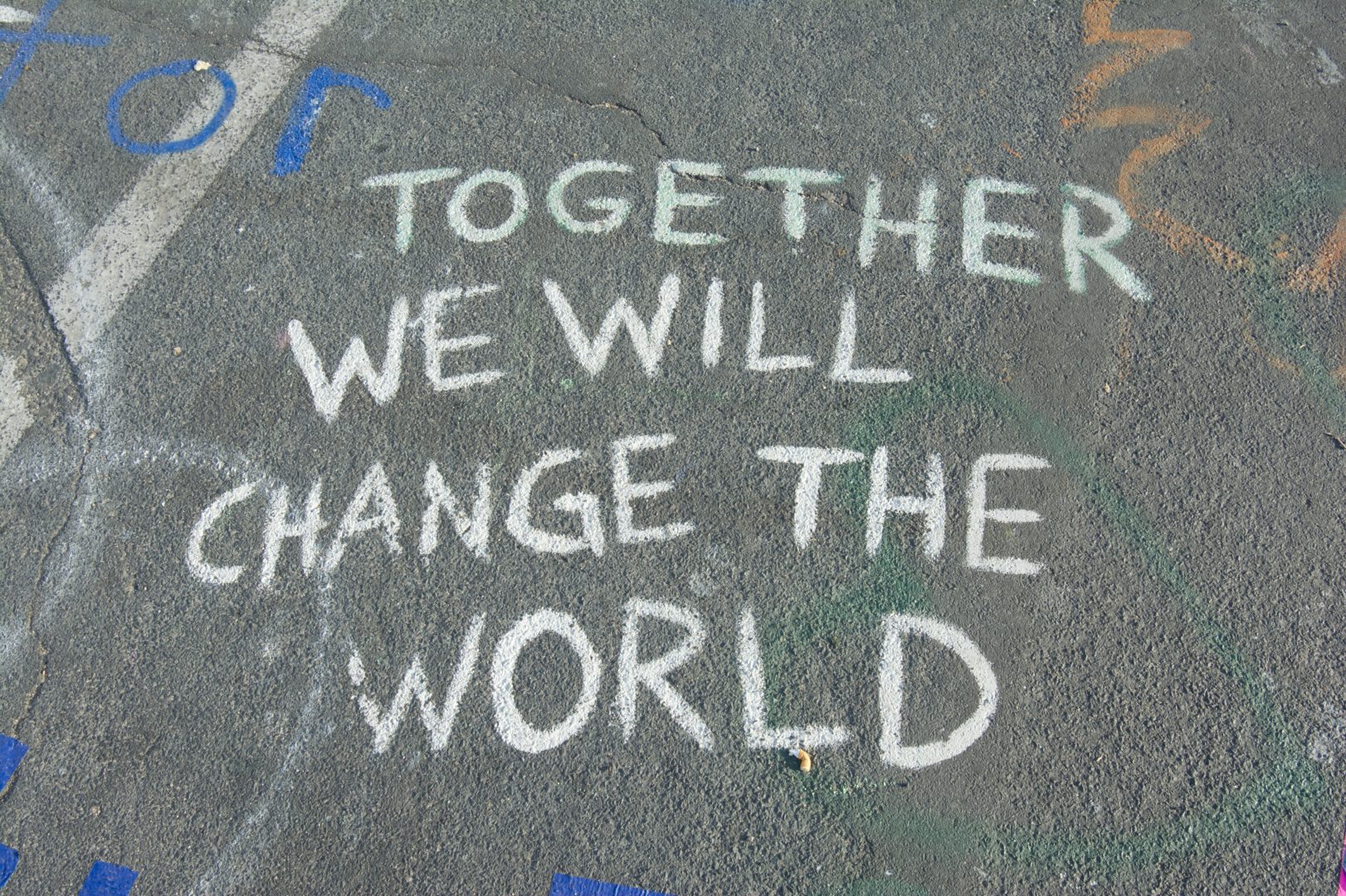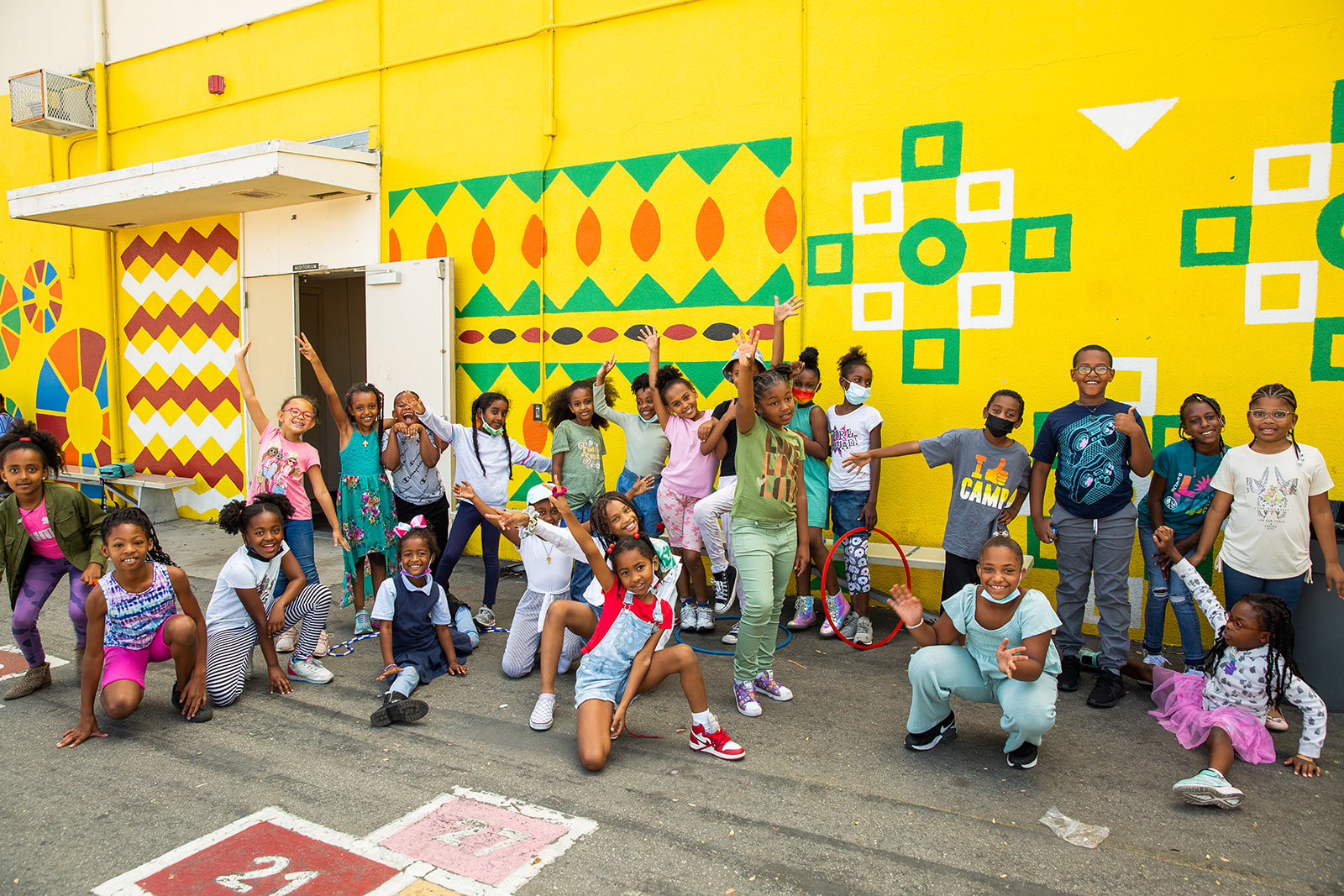Introduction
This report offers a focused analysis of ‘bright spots’: public schools and community-based organizations well known for their long-standing reputations of offering quality educational services in Los Angeles.
In a city where Black people constitute less than 10% of the overall population, Black students constitute 22-68% of the population served by these schools and organizations. The schools and organizations highlighted in this report are located in high-poverty communities where over 80% of students qualify for free or reduced lunch, and the despite the challenges of racial and economic inequality, each school and organization has remarkable histories of fostering student achievement, demonstrated by test scores and graduation rates for Black students that exceed statewide averages and are substantially greater than what would be expected.
Despite the pronounced structural disadvantages affecting Black students—many of which have been exacerbated by pandemic-impacted educational conditions—these schools and organizations have established a history of illuminating paths toward academic success for the Black students that they serve. As such, their strategies are also illuminative for practitioners and scholars concerned with charting a course toward broader equity within educational systems.
This report follows Beyond the Schoolhouse: Overcoming Challenges and Expanding Opportunity for Black Youth in LA County which documented academic, social and environmental patterns of Black students across Los Angeles County and Beyond the Schoolhouse: Digging Deeper | COVID-19 & Reopening Schools for Black Students in Los Angeles that additionally documented promising practices, both in-school and out-of-school, for fostering academic success for Black students.
Beyond the Schoolhouse: Bright Spots
Baldwin Hills Elementary
Academic outcomes meet or exceed state averages in math and English language arts. Student population is 77% Black and 71% economically disadvantaged.
Ninety-Ninth Street Elementary
Strong academic performance despite extreme social-economic challenges. Student population is 22% Black; 29% English language learners; 95% economically disadvantaged
King/Drew Magnet High School
Strong college-going culture and outcomes with 97% of the freshman cohort graduating and 68% of the graduates meeting UC/CSU requirements for admission.
Community Coalition (CoCo)
Many youth programs and school-related supports including academic counseling, writing assistance, and college and career preparation.
Social Justice Learning Institute (SJLI)
Central mission of leveraging education as a tool of empowerment. Offers students a social-justice based learning curriculum, participatory youth action-based learning opportunities, and academic tutoring.
Key Findings
Analysis yielded four major thematic findings as contributing to our bright spots’ cultures of excellence.
Holistic Support of Students
Our sites do not divorce academic preparation from the non-academic or socio-emotional needs of Black students. Rather, each of the ‘bright spots’ utilize approaches of holistic support in which academic resourcing is paired with practices that promote the overall well-being of students, creating a comprehensive network of support.
Culturally Relevant Teaching and Engagement Strategies
Culturally relevant teaching and engagement strategies are a prominent practice at the sites we studied. Teachers, staff, and facilitators at all our sites identified using culturally relevant curriculum to create engaging lessons tailored to Black students for the purposes of promoting academic outcomes, identity affirmation, and representation within their learning.
Learning as a Tool of Empowerment
A common pedagogical practice at the sites was the use of learning spaces and activities as a means of empowering Black students to be active learners and civil participants. Within the school sites, teachers often leveraged culturally relevant teaching as a means to foster a critical consciousness for students to employ in their engagement of material, real-world circumstances, and experiences. Learning opportunities doubling as empowerment spaces were a cornerstone of the community organizations.
Co-Construction of Learning Spaces and Opportunities
To promote student engagement and maximize the benefit of applied learning experiences, the sites often co-constructed learning spaces and opportunities with their students. At both the school sites and community organizations, faculty and staff were able to identify and describe the immediate benefits students experience when able to actively participate in the design and execution of their learning spaces and lessons. Particularly, students were able to apply critical thinking skills, evaluation, and problem-solving as it related to either the structural conditions impacting their communities or personal challenges affecting them as Black youth.
Quotes from Interviews
The curriculum is centered around the children... who they are, what they see. We validate them, we value and we affirm their culture, we connect well with parents.Ms. Allison, Baldwin Hills Elementary third-grade teacher
This generation of students really enjoy anything that centers art. So we have a new art and culture department that focuses on what we call ‘art activism’. It’s the intersection between art and activism, and students talk about their imagination of what the built environment could look like... the need for green parks and outdoor spaces for cultural programming, walkability and safety and lighting and community design.Dr. Mason, former director of Community Coalition (CoCo)
Policy Recommendations
The specific practices and outcomes presented in this report may have an impact that varies depending on a range of factors in any specific context. We therefore offer the following broad recommendations —informed by our data analysis—for use by organizations seeking to better support Black students. These teaching practices and school policies have been uniquely designed and shown to be effective in promoting the outcomes, experiences, and excellence of Black students.
Create Participatory Learning Opportunities
We recommend the creation of dynamic, culturally embedded, and collaborative learning spaces through the use of participatory learning opportunities as often as appropriate to achieve the goal of high academic performance among Black students.
Create Responsive Cultures of Care
We recommend that educators and programmatic officials incorporate culturally and racially relevant content and curriculum to create responsive models of care and affirmation designed to support and affirm Black students.
Develop Community Partnerships
We recommend schools and districts pursue strategic community partnerships with youth-serving organizations rooted and located in students’ neighborhoods, as a method of supporting the outcomes and experiences of Black students.
Support Teacher Agency
We recommend school policies that allow teachers and educators the agency to imagine, design, and incorporate teaching elements/practices and content that are culturally sustaining and beneficial to Black students.
Related Work






